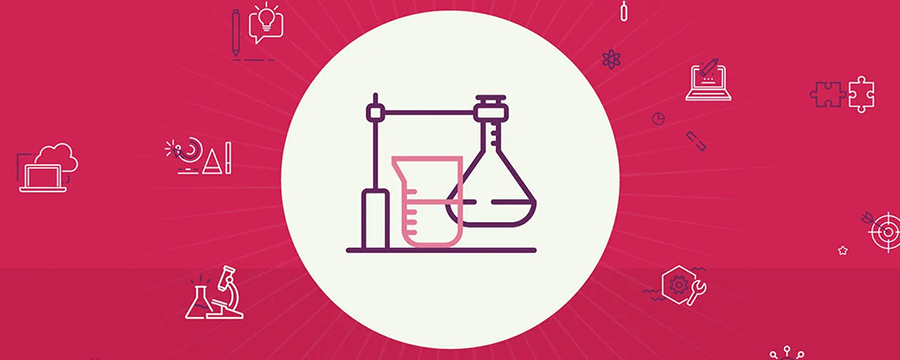#TE-02-14 Managing the Practical Classroom in Secondary School Science
About Course
National STEM Learning CentreDescription
Learn how to maximise learning through practical science in the classroom
On this course, you’ll learn strategies for managing the practical classroom in science.
From managing behaviour and fostering positive attitudes to implementing departmental processes and working with colleagues, you’ll explore all aspects of practical activities in the school or college laboratory.
You’ll consider classroom layouts as well as the use of practical work to maximise learning.
You’ll also discover how to create the right climate for collaborative learning and how to simplify more complex practical work using micro-scale setups or integrated instructions.
Who will you learn with?
Lover and teacher of science, focusing specifically on Biology and Chemistry 11-18. Deliverer of science support on a wide range of topics from teaching and learning to curriculum.
Who developed the course?
The National STEM Learning Centre provides world-class professional development activities and resources to support the teaching of STEM (science, technology, engineering and mathematics) subjects.
What Will I Learn?
- Reflect upon your current laboratory management and identify areas for development.
- Develop your toolkit of strategies and techniques to manage students safely in the laboratory.
- Develop a practical learning environment that facilitates independent learning and resilience.
- Design practical lessons to maximise student learning through practical science.
Topics for this course
Practical work in secondary science
Welcome to managing the practical classroom00:01:34
Health and safety in the practical classroom00:04:42
Risk assessments
Room layout
The location of equipment
Policies and routines
Behaviour in the practical classroom
It provides some practical ideas on how to create a good classroom environment for learning.
I would recommend this course to all teachers who are serious about their jobs, love their students and want to make a positive difference in their lives; teachers who want to manage their students behaviour effectively.
It puts into perspective how to make a true impact on the students that I work with and how to utilize these skills without walking blindly into a room full of students.
A clear, well-outlined course full of really useful tips and information from real teachers talking about real situations.



